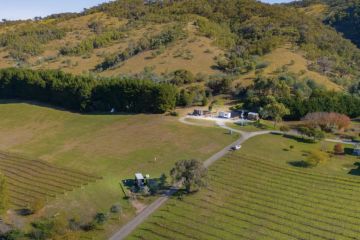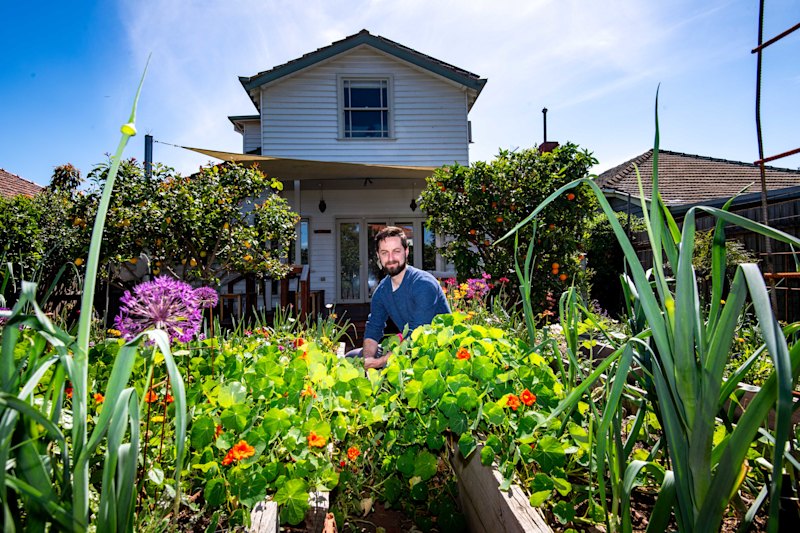Is there a magic formula for predicting price growth in Canberra?

Is it possible to predict price growth in suburbs or should I just consult a Magic-8 Ball?
When trying to predict the next unexpected property hot spot, there is no Magic-8 Ball to ask. Sometimes I feel many think I am one. Fortunately, I have never been shaken for answers and have a vocabulary of more than 20 phrases. I like to think I offer more than the one-time advice of a game.
So how do we predict price growth? The days are gone when the mere whiff of a mining boom resulted in an asset price explosion. Picking the next hot spot is a harder task. No matter how challenging, I won’t answer “reply hazy try again” like the Magic-8 Ball.
The price point of any goods or asset is equally determined by demand and supply. The catastrophic Cyclone Debbie is an extreme recent example. The destruction pathway through large parcels of farming land will affect produce supply pipelines; as a result, shoppers could be forced to fork out more at the supermarket. This imbalance tends to be short term, until the following growing season.
In housing markets, the balance is not as simple. The geographical area of a suburb is fixed. If no build capacity remains but buyers are fighting to become residents, prices are likely to keep climbing. Don’t forget the ripple effect: buyer demand and price growth could flow out to neighbouring suburbs.
My tip is to seek areas that have low supply and high demand – it is always a win-win situation. Spotting this particular balance before other investors is the tricky part.
Many will cringe at the thought of analysing data, however this is the time it will be helpful. Areas experiencing rising rental yields can indicate popularity among tenants. Where tenants flock, investors will follow. Suburb demographics can also help to determine high-demand areas. Population growth hubs will not solely push up prices, but combined with an area of low supply – bingo. Escalating house prices are more likely to ensue if the area is also experiencing rising incomes.
Experienced investors tend to be swayed by significant government spending. The ACT government is committed to delivering sound infrastructure to meet the challenges likely to emerge from a growing population. The territory is one of the fastest-growing regions of the country, behind NSW and Victoria. As our population grows, access to roads, schools, employment hubs and public transport become strained. Infrastructure projects, such as the light rail project, are under way to cater for this growth.
Often, speculative spikes in prices occur at the time of an infrastructure announcement. Only when a project is completed can the true price impact be deduced. It is imperative to make a sound judgment based on a variety of factors. Consider the extent of surrounding development and ongoing supply pipeline that could put a negative pressure on price. Also consider the economic drivers that will pull residents to the area; this will continue to help maintain housing demand.
In short, the secrets to housing markets are formulated by an educated guess.
Nicola Powell is a property expert for Allhomes. Twitter: @DocNicolaPowell
We recommend
We thought you might like
States
Capital Cities
Capital Cities - Rentals
Popular Areas
Allhomes
More







